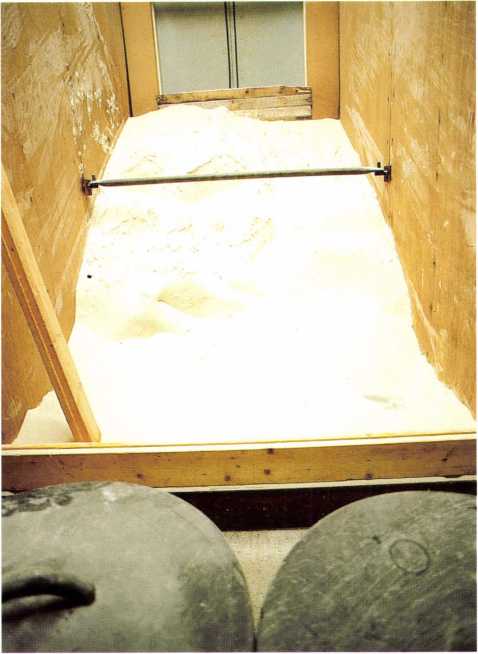Varieties and Methods
There were perhaps a hundred of them covering Wo tables situated on either side of the bed: crystal spheres imprisoning green lizards, salamanders, millefiori bouquets, dragonflies, a basket of pears, butterflies alighted on a frond of fern, swirls of pink and white and blue and white, shimmering like fireworks, cobras coiled to strike, pretty little arrangements of pansies, magnificent poinsettias.
At last Madame Colette said, “Ah, I see my snowflakes interest you?” Yes, I knew what she meant: these objects were rather like permanent snowflakes, dazzling patterns frozen forever. “Yes,” I said. “Beautiful. Beautiful. But what are they?”
—from The White Rose by Truman Capote
Paperweights are mysterious and intriguing objects. It is difficult for a person unfamiliar with these “small frozen gardens” to imagine how they are put together, for what purpose, and by whom. This chapter discusses how paperweights are made. It also provides specific information about the history and evolution of different types of weights, especially millefiori, lampwork, sulphide, Pinchbeck, bottle weights, and others. Specific information on the identification of weights is covered in Chapter Four.
The Making of a Paperweight
One of the most important factors in creating a fine paperweight is the quality of the glass. It is essential that a glassworker have the ability to control the weight, color, feel, and overall effect of the glass being used.
Glassmaking has historically been an extremely secretive process, with its formulas often passed down within families from one generation to the next. During the late 1700s, glassworkers at Cris- talleries de Saint Louis were forbidden to travel more than one league from the factory7 without permission; it was feared they would divulge glassmaking information or defect to some other glass factory. Even today, many glass factories and artists regard their glass formulas as trade secrets.
The basic ingredients in all glass are the same: sea sand and inorganic salts, such as soda and potassium nitrate [2.2]. In particularly high-quality colorless glass, called crystal, lead oxide is added to give brilliance and weight. Certain metallic oxides are added to obtain colored crystal. These colors



